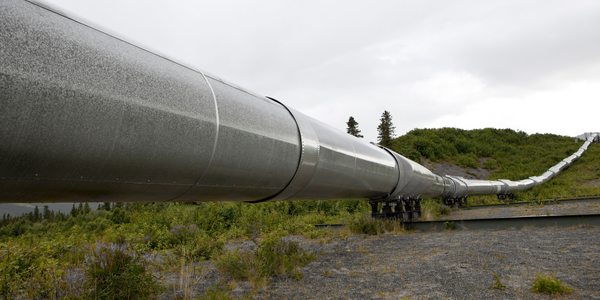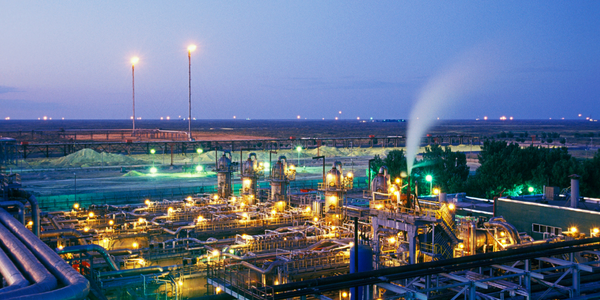Customer Company Size
Mid-size Company
Region
- America
Country
- United States
Product
- KeepTruckin ELDs
Tech Stack
- Geofencing
- Detention time reports
Implementation Scale
- Enterprise-wide Deployment
Impact Metrics
- Cost Savings
- Productivity Improvements
Technology Category
- Functional Applications - Fleet Management Systems (FMS)
Applicable Industries
- Oil & Gas
Applicable Functions
- Logistics & Transportation
Use Cases
- Fleet Management
- Geofencing
Services
- System Integration
About The Customer
Flying Star Transport is a fuel transport company based in Amarillo, Texas. The company operates a fleet of over 55 trucks and is committed to efficient and safe logistics. To ensure that the company’s operations and drivers are on target, they require careful coordination and compliance with Department of Transportation (DOT) mandates. The company was previously using an Electronic Logging Device (ELD) solution from another provider, but found it to be inflexible and expensive. They were seeking a new ELD provider that could offer a solution that integrated with their accounting software and was more cost-efficient.
The Challenge
Flying Star Transport, a fuel transport company based in Amarillo, Texas, was in need of an Electronic Logging Device (ELD) solution that could integrate with their accounting software. Their previous provider’s ELD wasn’t flexible enough to connect properly with their accounting software. Additionally, the cost of their previous solution was high, with the company paying between $1,000 and $2,000 per unit for over 55 trucks. These challenges led the team to seek a new ELD provider that could offer a more cost-efficient and flexible solution.
The Solution
Flying Star Transport chose KeepTruckin as their new ELD provider. KeepTruckin's ELD solution was found to be simple, affordable, and compatible with Flying Star's other software systems. The solution provided several key advantages including simplified hardware, greater efficiency, and solid compliance and driver coaching. The hardware cost of KeepTruckin's solution was significantly lower than their previous provider, saving Flying Star at least $800 per truck. The solution also allowed Flying Star to see efficiency improvements of 10 to 15 percent, measured by hours per load. Additionally, the solution provided the ability to ensure that drivers are in compliance and provided better coaching for drivers.
Operational Impact
Quantitative Benefit

Case Study missing?
Start adding your own!
Register with your work email and create a new case study profile for your business.
Related Case Studies.

Case Study
Taking Oil and Gas Exploration to the Next Level
DownUnder GeoSolutions (DUG) wanted to increase computing performance by 5 to 10 times to improve seismic processing. The solution must build on current architecture software investments without sacrificing existing software and scale computing without scaling IT infrastructure costs.

Case Study
Remote Wellhead Monitoring
Each wellhead was equipped with various sensors and meters that needed to be monitored and controlled from a central HMI, often miles away from the assets in the field. Redundant solar and wind generators were installed at each wellhead to support the electrical needs of the pumpstations, temperature meters, cameras, and cellular modules. In addition to asset management and remote control capabilities, data logging for remote surveillance and alarm notifications was a key demand from the customer. Terra Ferma’s solution needed to be power efficient, reliable, and capable of supporting high-bandwidth data-feeds. They needed a multi-link cellular connection to a central server that sustained reliable and redundant monitoring and control of flow meters, temperature sensors, power supply, and event-logging; including video and image files. This open-standard network needed to interface with the existing SCADA and proprietary network management software.

Case Study
Refinery Saves Over $700,000 with Smart Wireless
One of the largest petroleum refineries in the world is equipped to refine various types of crude oil and manufacture various grades of fuel from motor gasoline to Aviation Turbine Fuel. Due to wear and tear, eight hydrogen valves in each refinery were leaking, and each cost $1800 per ton of hydrogen vented. The plant also had leakage on nearly 30 flare control hydrocarbon valves. The refinery wanted a continuous, online monitoring system that could catch leaks early, minimize hydrogen and hydrocarbon production losses, and improve safety for maintenance.










